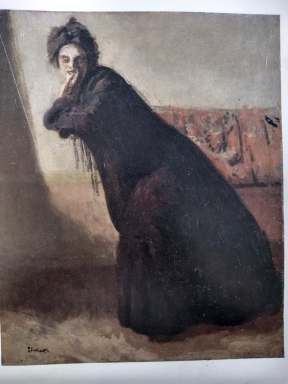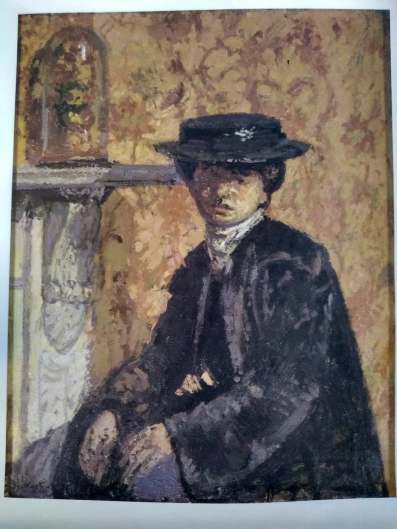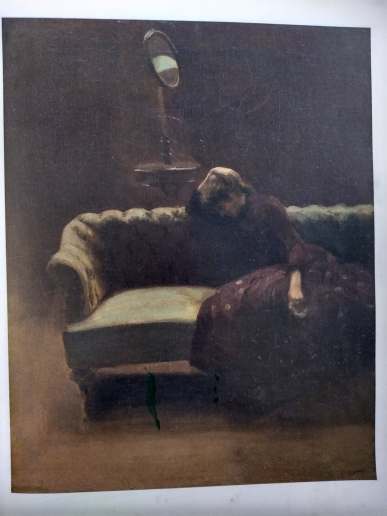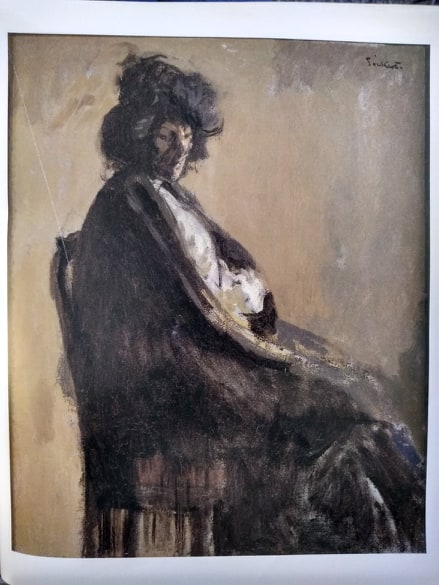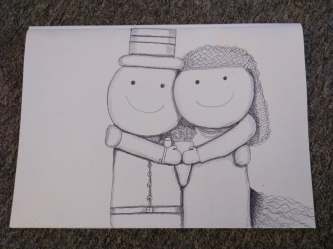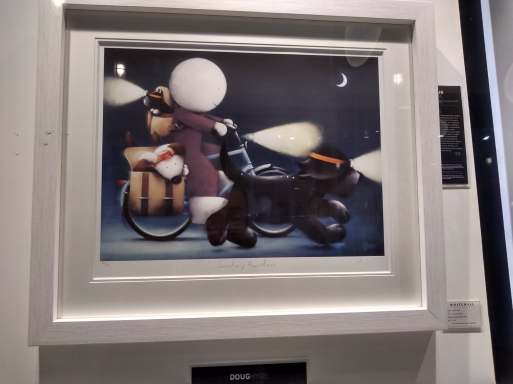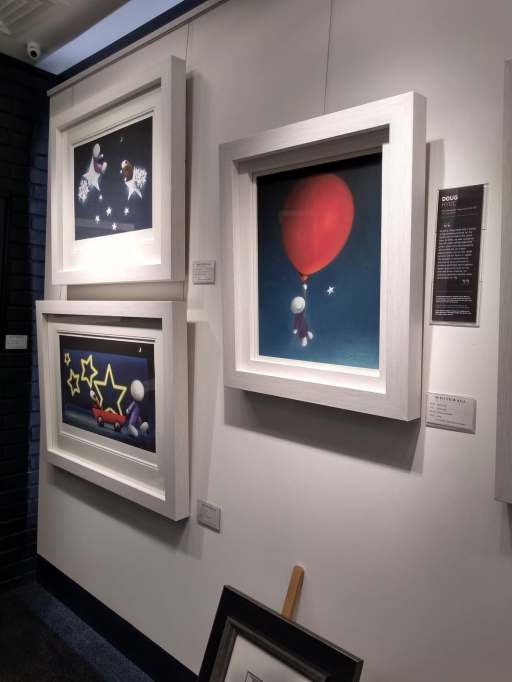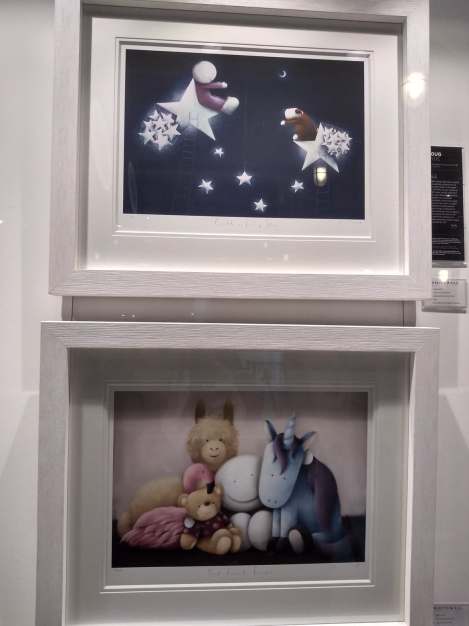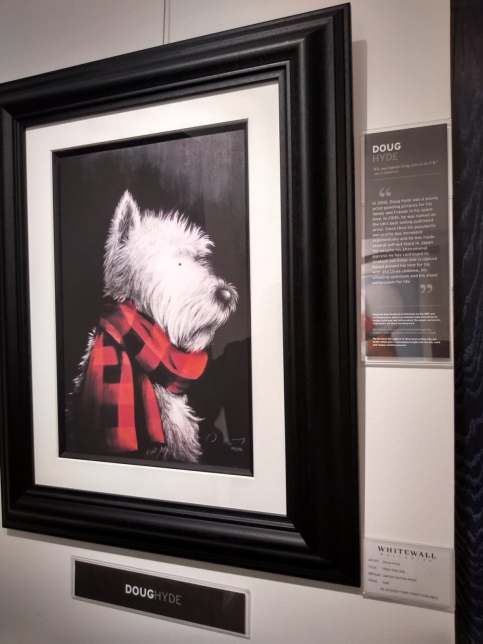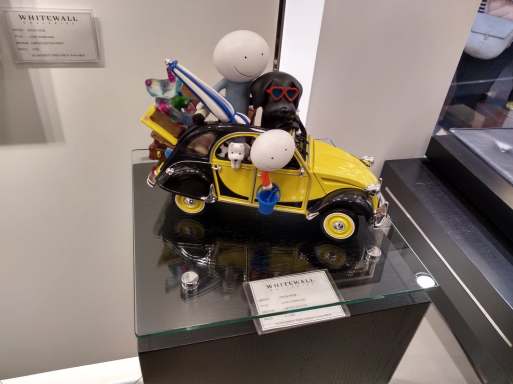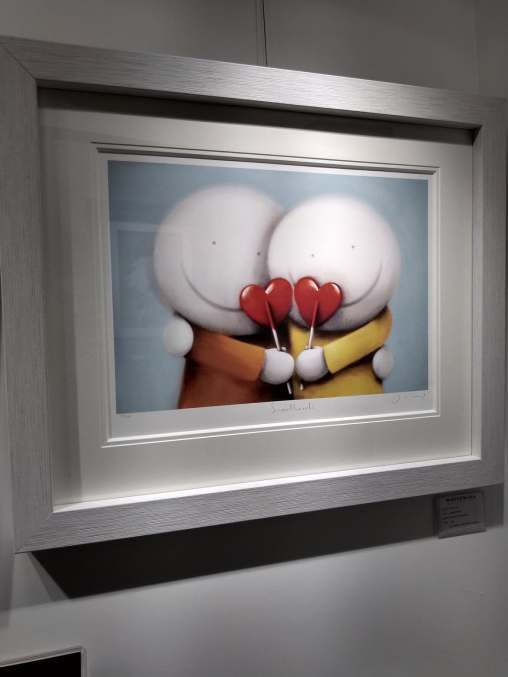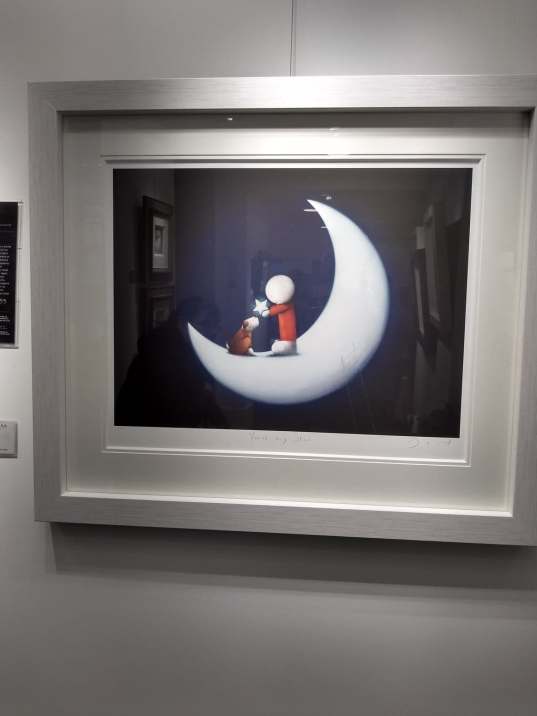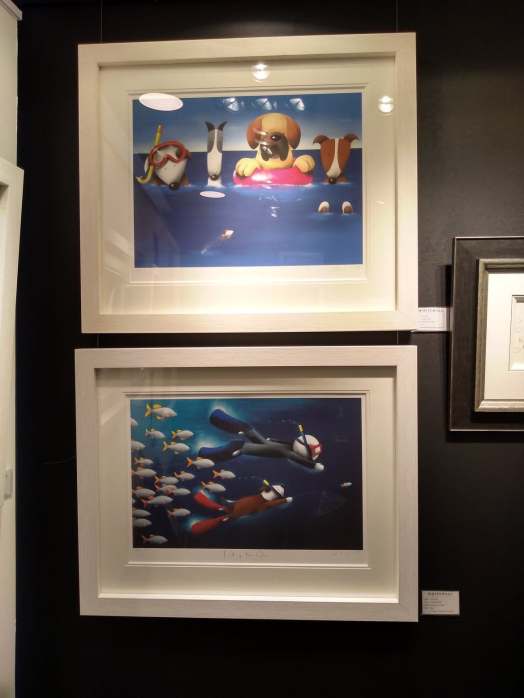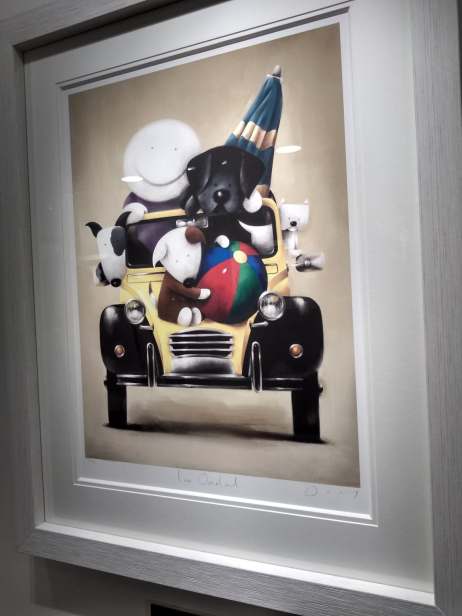As my tutor suggested I read this book in order to find out more information on Pierre Bonnard.
Pierre Bonnard was a French painter born in 1867. When he was ten years of age Bonnard was sent to boarding school and in further years went to two elite Paris Lycees. By the time he was eighteen Bonnard had passed his Baccalaureat and had enrolled at the faculty of law. During this time Bonnard also attended the Academie Julian where he met Edouard Vuillard and Ker-Xavier Roussel as well as Paul Serusier who had been indoctrinated by Gauguin, who Bonnard admired, that summer.
Bonnard and his new circle of artistic friends constructed a mock secret society with Paul Gauguin, as their absent leader. This group became known as the Nabis with Bonnard being the most worldly. The Nabis took Gauguin’s denial of space as a way of implying the transcendence of the everyday world. Bonnard was extremely fond of the idea of flatness and it became a means of which to grasp the transcendence of everyday life even more firmly. The Nabis ended up totalling to consist of twelve members: Bonnard, Denis, Ibels, Lacombe, Maillol, Ranson, Rippl-Ronnai, Roussel, Serusier, Vallotton, Verkade, and Vuillard. They met once a month at their “Temple” in Ranson’s study where sometimes musicians and other associates such as Odilon Redon and Gauguin would attend.
When Bonnard came back from military service he returned to Ecole des Beaux-Arts to find an exhibition taking place that consisted of over seven hundred Japanese prints. Bonnard found a lot of inspiration from this and combined with Paul Gauguin’s use of flatness caused a new distinctive identity to emerge rather than in his earlier works which showed talent and a sense of true tone but were rather anonymous.
Some of Bonnard’s works are shown in Timothy Hyman’s book “Bonnard” (which is part of the World of Art series).
One of these works that stood out to me was ” The Bowl of Milk” painted by Bonnard in 1919. The painting depicts a young female figure stood statuesque like, holding what appears to be a ladle, she is wearing a mauve dress and is placed at the right-hand side of the painting. The female figure is void of expression which is as rigid as her posture and she comes across as quite cold. This contrasts with the warmth of the sunlight streaming through the window onto the table and the view of the Mediterranean that can be seen outside the window. The light has also been created to look like it has fallen on the female figure which is a nice touch and adds a sense of realism to it. On the table appears to be a tray containing a jug and bowl as well as another bowl and ladle beside it. The painting is quite textured with obvious markings and a lack of blending. Bonnard has used warm-toned colours throughout and colder toned colours in order to create darkness and shadows.

Another of Bonnard’s paintings that stood out to me was ” Dining Room in the Country” painted in 1913. The painting has been created from Bonnard’s view where he would have been seated at the white covered table, which he chose to reconstruct in painted form. Looking at the painting, at first glance it isn’t obvious that someone is present in it until the viewer delves deeper into the painting. A female figure, believed to be Marthe, (Bonnard’s wife), can be seen leaning on the windowsill peering into the room, making the room go from cold and empty to contain a sense of warmth and tenderness. The walls inside the room have been painted using red tones which could be an extension of the red that Marthe is wearing. Next to her inside the room is a chair with two kittens sitting on it which isn’t obvious at first nor is the figure of the little girl, who is picking flowers in the garden, her attire and skin tone blends her into her surroundings.
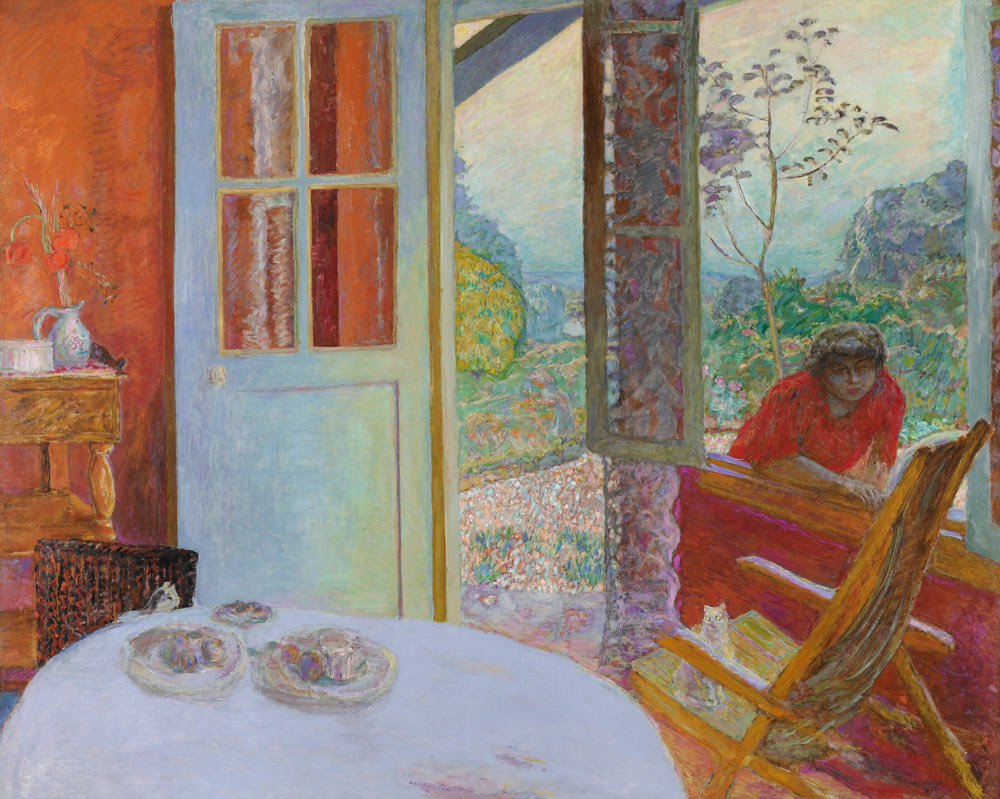
Finally “Dressing Table and Mirror” painted by Bonnard in 1913 also stood out to me due to the fact that the viewpoint was different from others. The painting depicts a dressing table shrouded in a purple-toned fabric which has visible brush strokes, this is completed by the purple-toned pattern taking place on the blue-toned wall. The table is adorned with a vase of orange flowers, which complements the tones used for the table, a basin and other items that are visible. Above the dressing table is a framed mirror. The mirror acts as a window to allow the viewer to see what else is visible in the room. The mirror depicts a brown dog that draws the eye due to its contrast in colour, which is curled up next to a semi-clad male figure which could possibly be Bonnard himself.
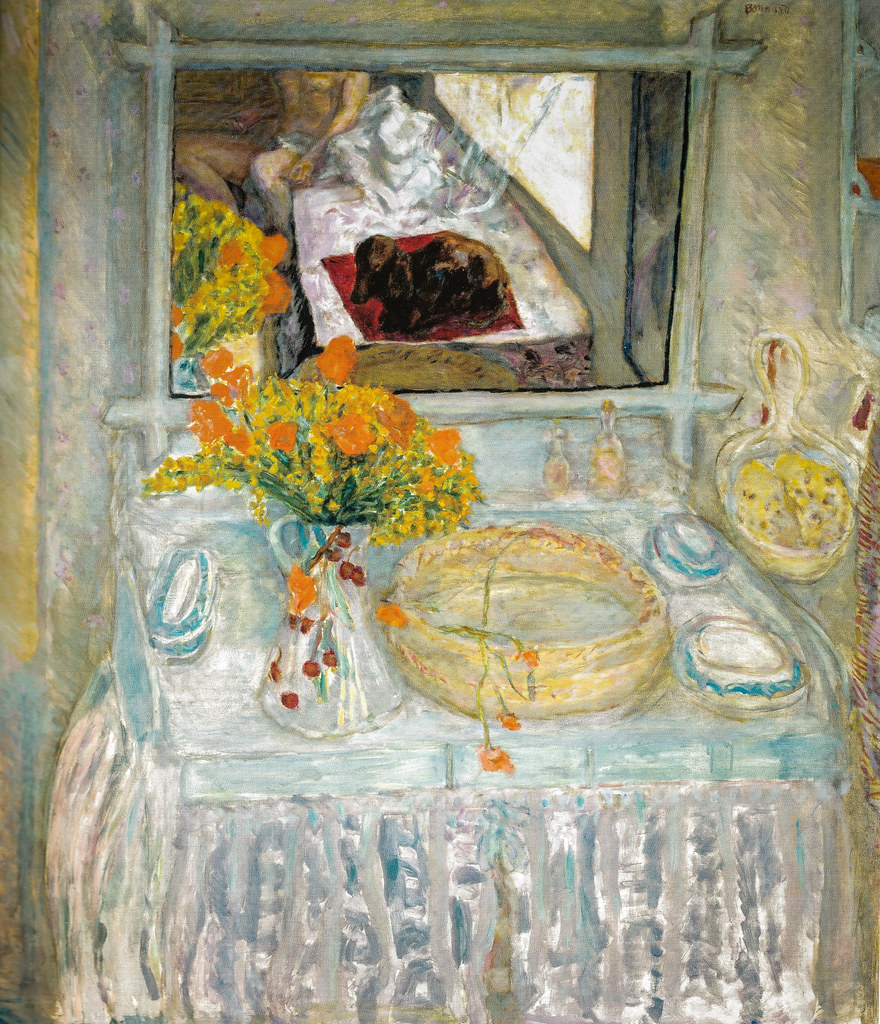
References.
Hyman, T., 1998. Bonnard (world Of Art). Thames & Hudson.
| Article title: | Pierre Bonnard – Dressing Table and Mirror, 1913 (Museum of Fine Arts Houston TX) at Pierre Bonnard: Painting Arcadia Exhibit Legion of Honor Museum of Fine Arts San Francisco CA |
| Website title: | Flickr |
| URL: | https://www.flickr.com/photos/mbell1975/28855103140 |
| Article title: | Pierre Bonnard, Dining Room in the Country | Worcester Art Museum |
| Website title: | Worcesterart.org |
| URL: | https://www.worcesterart.org/exhibitions/pierre-bonnard-dining-room-in-the-country/ |
| Article title: | ‘The Bowl of Milk’, Pierre Bonnard, c.1919 | Tate |
| Website title: | Tate |
| URL: | https://www.tate.org.uk/art/artworks/bonnard-the-bowl-of-milk-t00936 |

